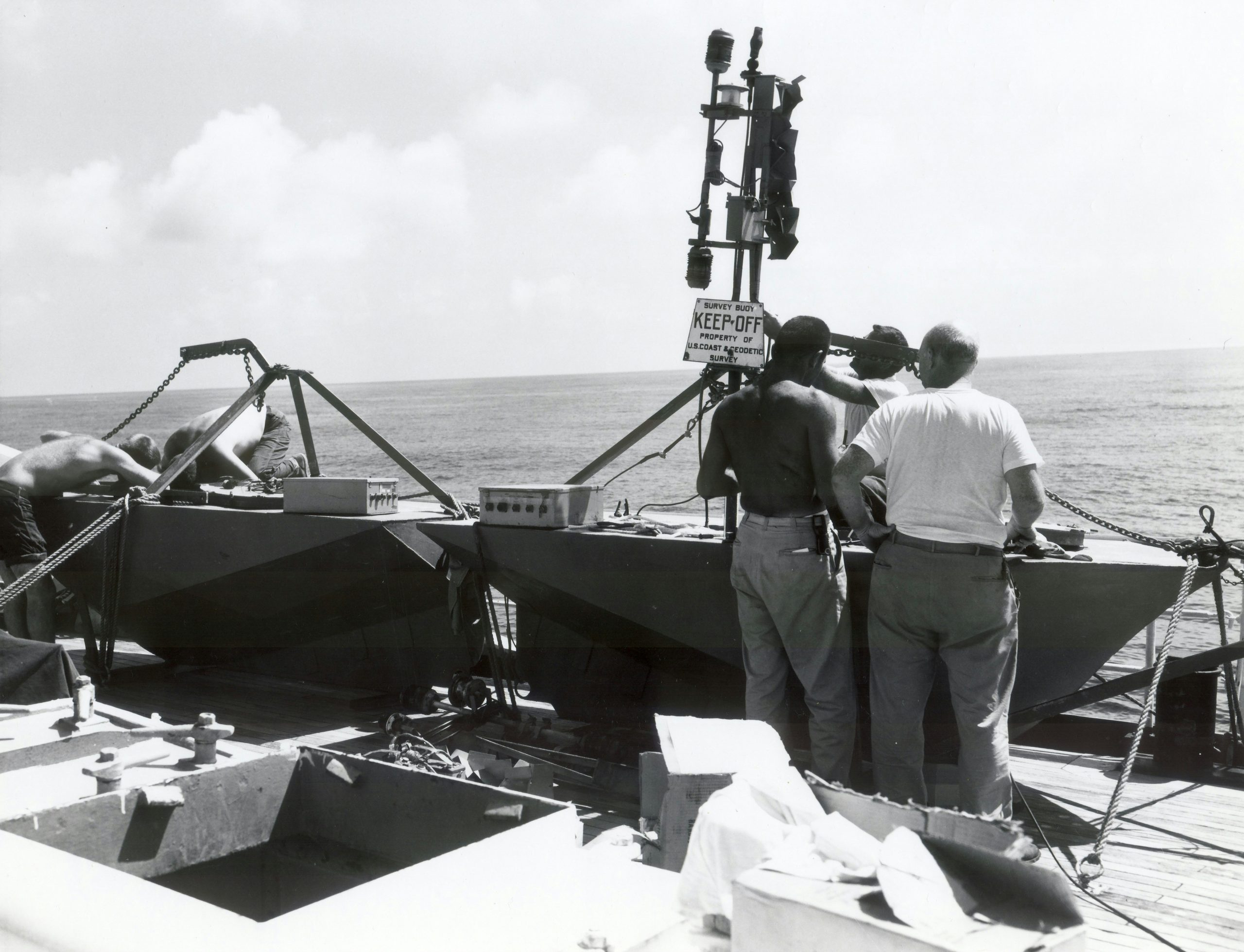Understanding Next-Generation Propulsion System Development Today
The development of next-generation propulsion systems has been a significant focus of the aerospace and defense industries in recent years. With the ever-increasing demand for faster, more efficient, and sustainable air and space travel, there has been a growing need for advanced propulsion technologies. Today, we will delve into the world of next-generation propulsion system development, exploring its current status, future prospects, and the challenges that lie ahead.
The Evolution of Propulsion Systems
For centuries, humans have been using various types of engines to propel themselves through the air and space. From the propellers of early aircraft to the complex rocket engines used in space travel, propulsion systems have come a long way. However, with the advancement in technology and the growing concerns about the environment, a need for cleaner, more efficient propulsion systems has emerged. This has led to the development of next-generation propulsion systems.
What are Next-Generation Propulsion Systems?
Next-generation propulsion systems refer to a new generation of engines or systems that use advanced technologies and concepts to provide more efficient, reliable, and sustainable thrust. These systems aim to reduce the consumption of fossil fuels and minimize the environmental impact of air and space travel. They also focus on enhancing performance, increasing safety, and reducing operational costs.
The Current State of Next-Generation Propulsion Systems
The development of next-generation propulsion systems has been an ongoing process, with significant progress being made in recent years. One of the key areas of focus has been on electric and hybrid-electric propulsion systems. These systems use electric power to drive the engines, reducing or eliminating the need for traditional jet fuel. This results in lower emissions and noise levels, making them more environment-friendly.
In 2020, NASA successfully tested its X-57 Maxwell aircraft, equipped with 14 electric motors, which could potentially pave the way for a new era of electric-powered flight. In addition to electric propulsion, there has been remarkable progress in the development of advanced hybrid engines, which combine traditional fuels with electricity to provide more efficient and cleaner propulsion.
The Challenges
Despite the advances made in next-generation propulsion systems, there are still significant challenges to overcome before these technologies become mainstream. One of the major challenges is the high costs associated with the development of these systems. The research, testing, and production of these advanced engines require massive investments, making it difficult for smaller companies to enter the market.
Another challenge is the regulatory and safety standards. As these new technologies are still in the early stages of development, there are concerns about their safety and reliability. To ensure the safety of passengers and crew, there needs to be a rigorous testing and certification process, which can be time-consuming and expensive.
The Future of Next-Generation Propulsion Systems
The future of next-generation propulsion systems looks promising, with ongoing research and development activities aiming to overcome the challenges and bring these advanced technologies to the forefront. With the rise in demand for sustainable air and space travel, the market for these systems is only expected to grow further.
In the coming years, we can expect to see more electric and hybrid-electric aircraft, as well as advanced propulsion systems for space travel. The development of new materials and technologies, such as 3D printing and artificial intelligence, will play a vital role in enhancing the efficiency and performance of these systems.
Conclusion
Understanding next-generation propulsion system development is crucial for the future of the aerospace and defense industries. With the continued efforts and advancements in technology, we can look forward to a more sustainable, efficient, and safer air and space travel experience. We are on the cusp of a new era of propulsion systems, and the possibilities are endless.











